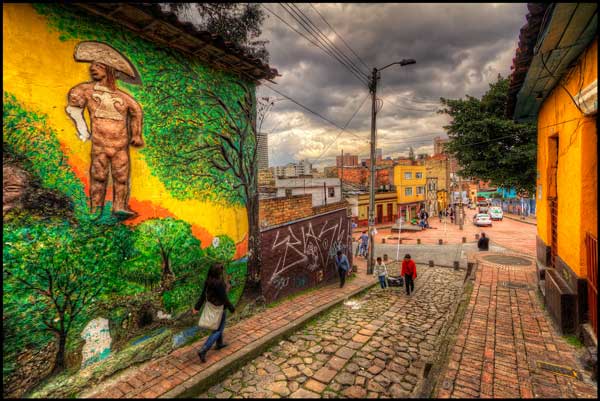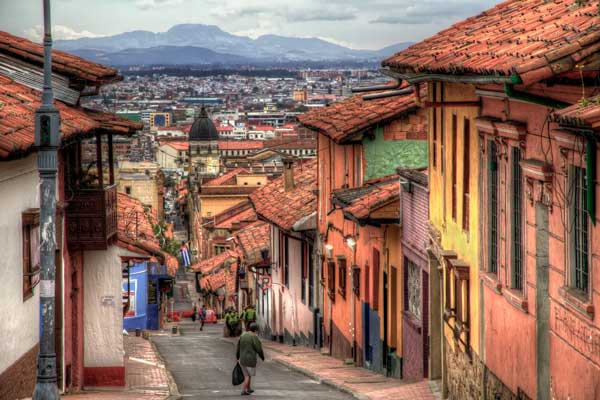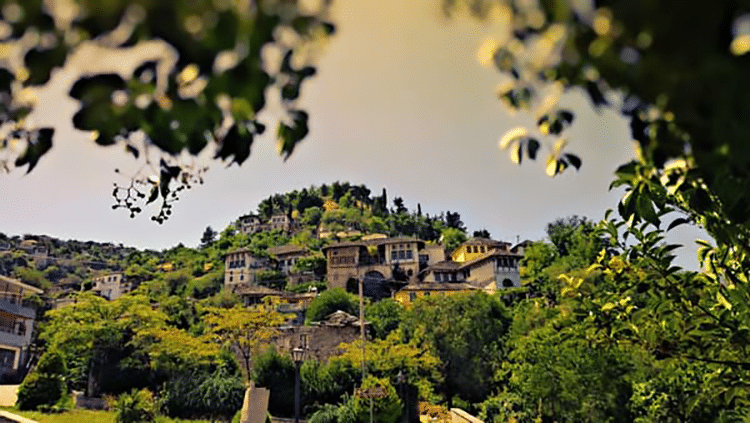In the second of our continuing four-part series covering top travel destinations for 2015, we look at three far flung international spots, one exotic South American capital, a destination in Africa, and three very different European locations. The European destinations alone merit consideration especially as one of the three has been chosen the European Capital of Culture for 2015.
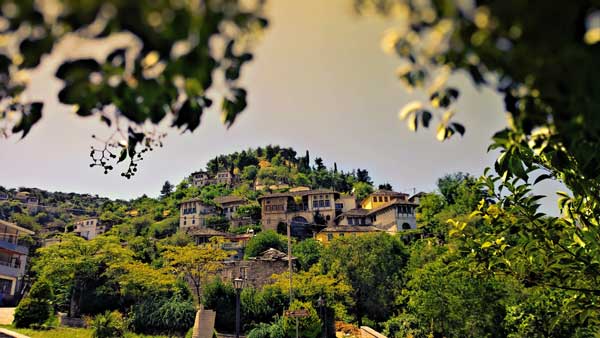
Burma (Myanmar)
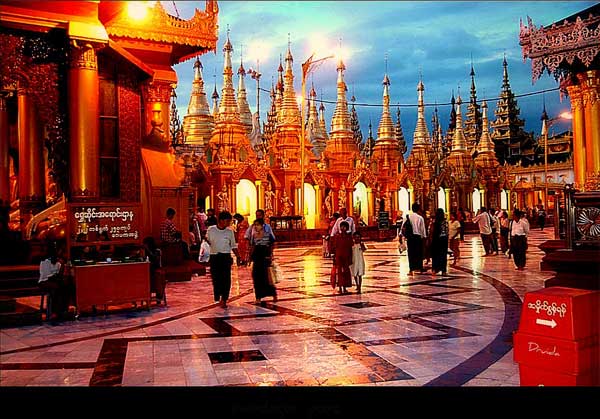
Rudyard Kipling immortalized Burma in his famous poem Mandalay. He was enamored with the county for very good reasons. Both visually and culturally it is a mind-boggling place; more a state of mind than a “state”. One of the most devout Buddhist places on Earth, the landscape is a seemingly endless expanse of stunning golden temples and pagodas that seem to fill every available inch of space from small village shrines to massive temple complexes. Burma makes beautiful use of water from traditional floating villages like Inle Lake to sensual white-sand beaches and resorts like Mergui, Ngwe-Saung and Ngapali. Burma’s major cities are Yangon and Kipling’s beloved Mandalay. A must are the beautiful ancient cities such as Bagan and Mrauk-U with exquisite temples and pagoda complexes; more religious sites are found in Pindaya, Bago, Mon State and Hpa-An.
From the Editors at TS: For a more extensive list of the top destinations and attractions in Myanmar, check out the 2015 edition of the DK Eyewitness Travel Guide: Myanmar.
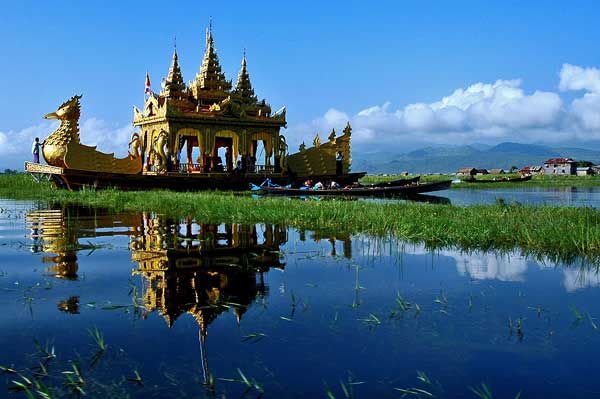
La Reunion
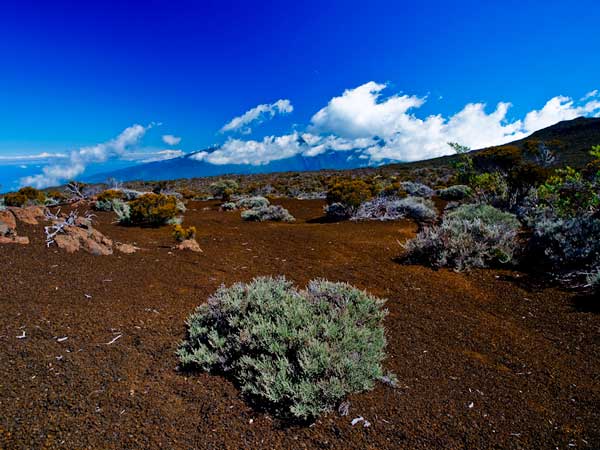
This remote French island (an overseas department of France) sits in the Indian Ocean neighboring Madagascar and Mauritius. It is an unspoiled adventure paradise that is well worth the time it takes to get there. Jagged mountains are encased in lush tropical foliage; beaches line the ocean; charming Creole towns nestle in the mountains and along the coast. If you’re an outdoor aficionado, this is your place; the bragging rights are amazing. Still active and accessible volcanos and calderas like The Piton de la Fournaise and Cirque de Salazie have pushed up and carved out a world-class adventure course with soaring mountains with sharp peaks, deep ravines and lush forests. Immerse yourself in climbing, hiking, mountain biking, boating, paragliding, horseback riding, diving, whale watching, rafting, and exploring lava tunnels. Spas and wellness centers will take care of your aches and pains! For those more low-key, the cultural side of the island is an exotic mix simmering in a Creole broth that centers on the charming St-Denis and villages in the Hauts.
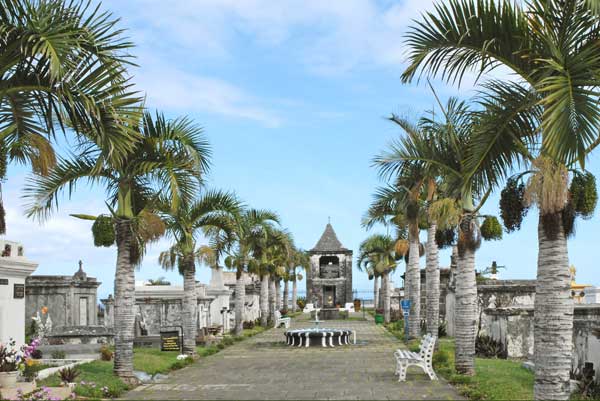
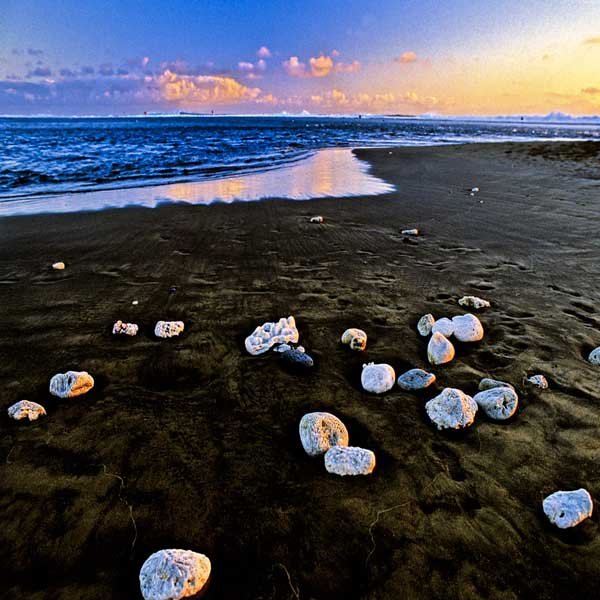
Constantia, South Africa
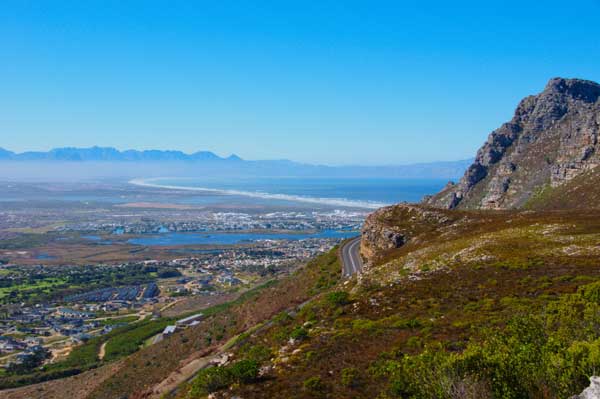
Constantia, just 10 miles south of Cape Town, has been an important wine growing region for 350 years. Today it is a culinary paradise with fabulous hotels, restaurants and historic homes and has been designated a UNESCO World Heritage site for both its vineyard landscape and its superb examples of Cape Dutch architecture and tourism activities.
It is a hiker’s paradise. The area is a great jumping off point for the Cape Peninsula’s attractions. There is something for everyone whether your interests run from culture and history to culinary or outdoor pursuits. Tour the wineries and try local cuisine or go hiking, running, mountain biking or horseback riding. Play golf, tennis, and cricket or hit the gym to work off your indulgences. Visit the Edenic Kirstenbosch National Botanical Garden, one of the first indigenous botanical gardens in the world; drive up into the mountains; explore the Silvermine Nature Reserve; visit one of the summer markets to experience local products; drive along the Cape Peninsular Loop for stunning seascapes or simply relax at a spa.
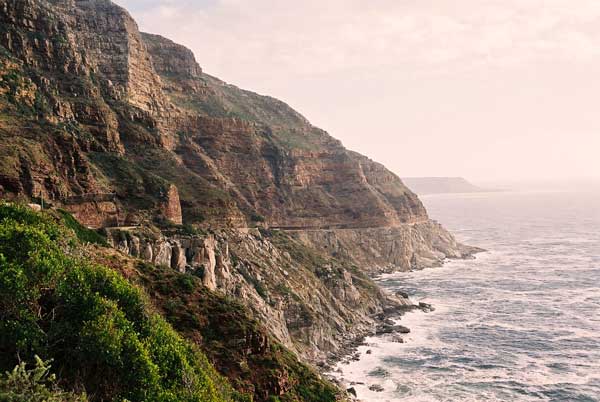
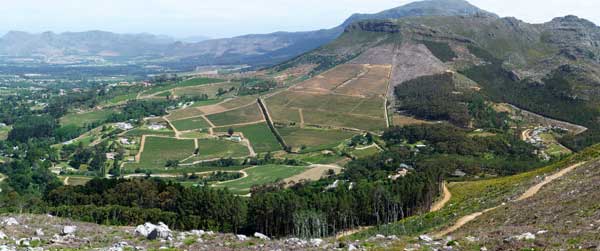
Mons, Belgium
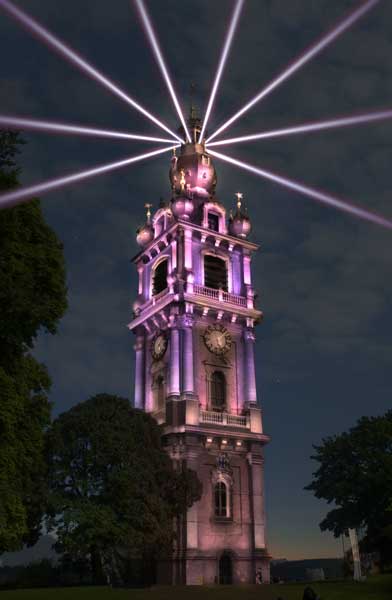
An ancient Belgium town that’s often overlooked, Mons has enough charm, beauty and history to warrant a serious visit. Occupied since Neolithic times, the city was a Roman military camp before the town proper was established in the 7th century when Sainte Waudru (a noble Frankish woman Waltrude) dedicated her life to God; after her death Mons became a pilgrimage destination resulting in a town filled with churches, chapels, convents and abbeys surrounded by narrow, winding streets with beautiful traditional houses. Though small, there is much to see and do. Stop and enjoy traditional Belgian cuisine. Visit the lively marketplace in the old town square; admire the 15th-century Renaissance style Hôtel de Ville (town hall) and pause to stroke the medieval bronze monkey thought to bring good luck. Gaze up at the 17th century Baroque Beffroi (belfry), a UNESCO World Heritage site. Victor Hugo likened it to a giant coffee pot! Step inside the church of Sainte Waudru. Explore one of the many excellent museums like the Decorative Arts Museum François Duesberg. Visit Mons during a festival or celebration; The Chocolate Fest (March), the Doudou mixing tradition with festivities (June), the Beloeil castle flower show in early spring and Yanks in Their Tanks (Sept) to commemorate liberation at the end of WWII. Mons has been the cross roads of many battles from ancient times to WWI and WWII and this year has been designated one of two European Capitals of Culture.
Just outside the town you can visit Van Gogh’s house and the beautiful Paradiso Park, once an ancient abbey and now an ornithological park with birds, ruins and a magnificent greenhouse. Further afield is another UNESCO World Heritage site; the Neolithic Flint Mines at Spiennes, the biggest and oldest mines in Europe dating back 6,000 years.
From the Editors at TS: For a more extensive list of the top destinations and attractions in Belgium, check out the 2015 edition of the DK Eyewitness Travel Guide: Belgium.
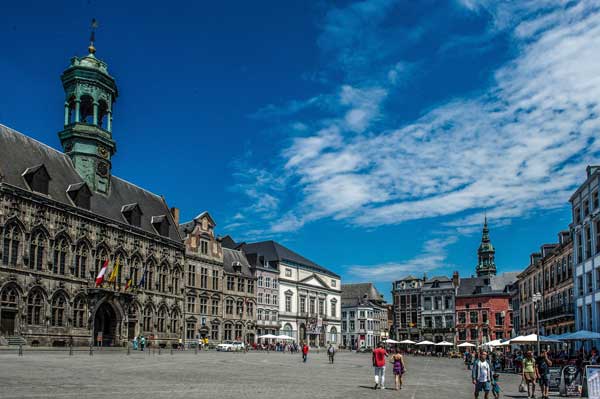
Albania
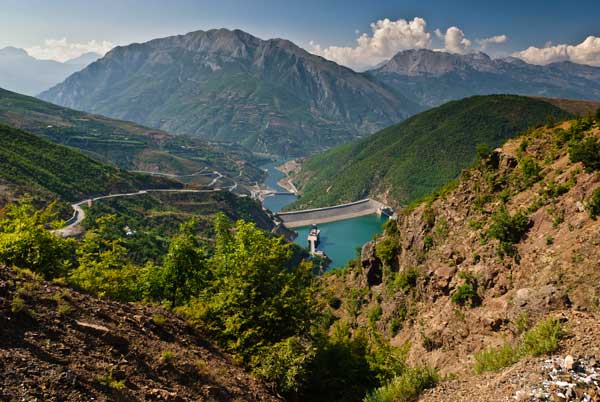
Albania is a breathtakingly beautiful, unspoiled place filled with natural, cultural and historical gems. Like a time capsule, the country opens up its treasures to give the traveler access to long forgotten places. As a crossroads of civilization, Albania has been touched by so many ancient cultures from the Romans to Venetians to the Ottomans, all of whom left behind their own special flavors. The country is littered with extraordinary ruins, beautiful ancient churches and abbeys, castles and forts, towns and villages almost frozen in time, brilliant and unspoiled beaches along the Adriatic and Ionian Seas and rugged natural beauty that begins at the coast and soars up into the isolated mountains. Where to start; there is so much? Visit three UNESCO World Heritage sites: Butriniti, a multi-layered ancient city with temples, a 1,500 seat theatre, basilica, the fortress of Ali Pasha, Venetian towers and more; Gjirokastra (The “City of Stone”), which reflects life during the 14-19th century; and Berati, with traces of the Illyrian, Byzantine and Ottoman periods, old churches decorated with wall paintings, icons and wood engravings. Visit castles and ancient churches: The Lezha Castle whose origins date to Illyrian times; Petrelë Castle, whose history dates to Justinian I and was rebuilt by the Venetians in the 15th century and the Ottomans in the 16th century. In Korçë you’ll find the 14th century monastery of St. John the Forerunner. If you’re looking for natural adventure, head for Albania’s highlands, renowned for outdoor activities and the Adriatic Coast for peaceful seaside vistas.
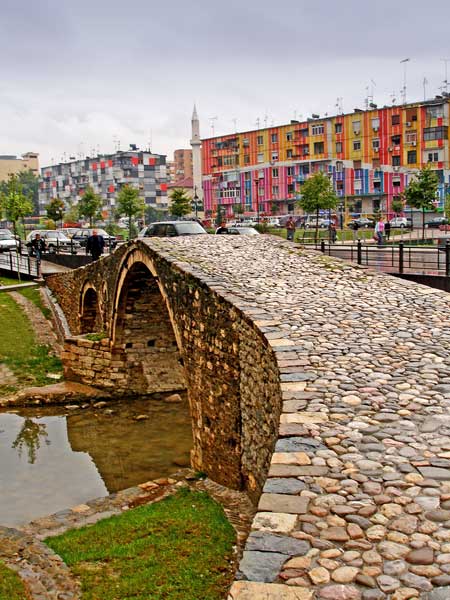
Greece
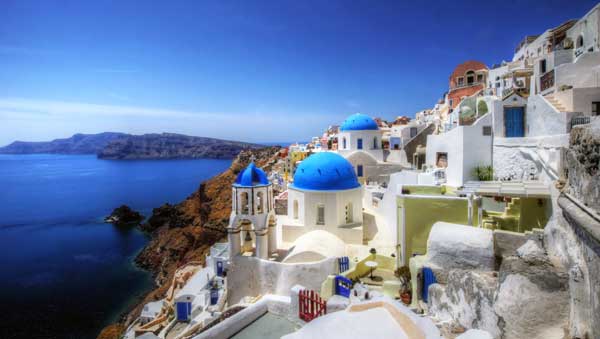
Bordered by Albania, Greece is the perfect complement to its northern neighbor. Few places on earth offer such an extraordinary depth of civilization and archeological exploration; layer upon layer of cultures date to Paleolithic times around 14,000 years ago. While archeology alone is enough to warrant a trip to Greece, the country is much more than ruins. There are fabulous islands off both coasts, the Ionian and the Aegean, with whitewashed abodes climbing the hillsides; delicious Mediterranean cuisine is served in outdoor cafes built on ancient foundations in cities like Athens, Thessaloniki, Patras, Heraklion, and Volos. Literally everywhere there are fantastic hotels, great restaurants, nightlife and museums. Greece is also a place of great natural beauty and wonder with miles of coastline, soaring mountains, caves and gorges, lakes and rivers and unique ecosystems that provide an exotic twist to tourism. And with the diversity of topography, the opportunity for adventure abounds from bird watching to extreme sports. A few musts: the Acropolis, the pinnacle monasteries of Meteora, Delphi, and a venture to the exquisite island of Santorini, home to the Atlantis myth.
From the Editors at TS: For a more extensive list of the top destinations and attractions in Greece, check out the DK Eyewitness Travel Guide: Greece Athens & The Mainland
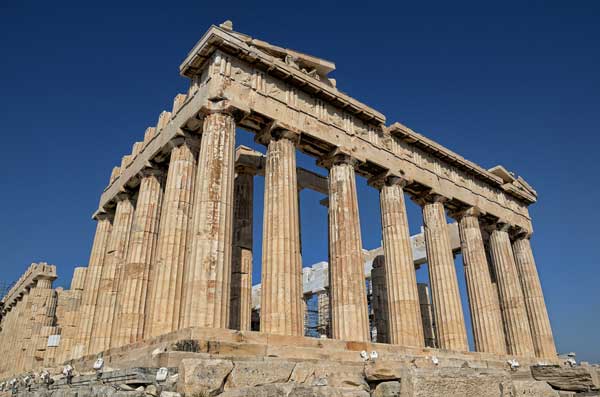
Bogota, Colombia
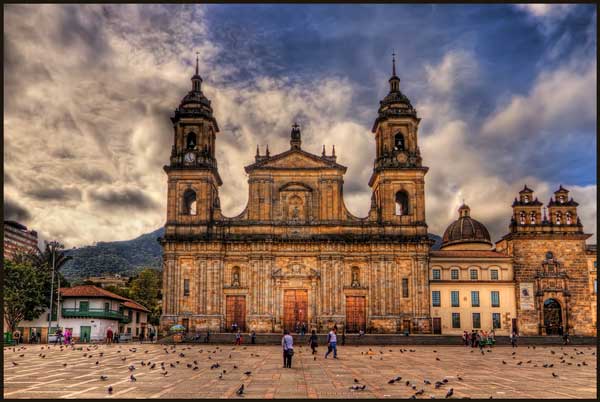
Regally sitting on a vast plain almost 9,000 feet up in the Andes Mountains, Bogota is a city of diversity, contrasts and extremes. It’s a vibrant urban place that has retained much of its rich colonial past, the reason it has been declared a World Book Capital by UNESCO and Iberoamerican Capital of Culture by the UCCI. Eight million people live and work here. It’s a sensuous and elegant city with so much for the world traveler to experience in its plazas and on its streets and broad avenues. Venture into one of the world class malls or stroll leisurely through an open-air market and perhaps invest in some leather or woolen goods designed for life in the high Andres. Explore the stunning colonial architecture in places like La Candelaria and the Plaza de Bolivar in the historic downtown area filled with 300+ year old Spanish colonial mansions, churches, museums, hotels, restaurants and bars, many housed in preserved colonial buildings. Experience the dining scene, a world class experience with local and international cuisine. Hit the entertainment districts such as the Zona Rosa and Zona G for fabulous nightlife. Wander through the excellent museums that document the country’s past like the Gold Museum containing more than 55,000 pieces of gold from Colombia’s pre-Hispanic peoples; the 17th century Iglesia de San Francisco, the city’s most richly decorated church( now a museum); The Museo Nacional, originally a 19th Century prison; and The Botero Museum, with works by the famous artist Fernando Botero as well as his private collection of works by Picasso, Max Ernst and others. For an exhilarating trek, head up to the stunning 10,000-foot peak, Cerro de Monserrate, for the view, the park, restaurants and religious sites. Shop the Sunday flea market in Usaquén, a beautiful colonial part of town and a culinary mecca. Make Bogota a jumping off point for visiting the rest of Colombia for history, relaxation and adventure, like the Amazon, the coffee region, the Pacific, Cartegena, Medellin, Cali and Valle del Cauca.
